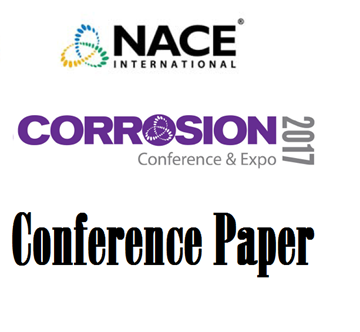The Preservation Maintenance process is a comprehensive strategy managing data from the Corrosion Control Information Management System (CCIMS) to plan and execute preservation of ship's tanks with the most advanced coatings systems at the optimal life cycle cost. This strategy provides the procedures for planning and executing tank maintenance through the service life of CVN 68 class aircraft carriers. The Tank Maintenance Process is subdivided into five subcategories: · Tank Material Condition Assessment · Tank Maintenance Planning · Tank Maintenance Execution · Data collection analysis and review · Data management Purpose - Primary objectives of the strategy are to: Maintain adequate material condition (maximize operational readiness e.g. cleanliness of fluid systems - fuel water without compromising structural integrity of the ship) of ships tanks to support the platform’s 50 year service life Minimize life cycle costs by: · Optimizing preservation strategy to best align tank maintenance requirements with industrial resource capabilities · Application of state of the art preservation systems to minimize/eliminate future preservation requirements · Reducing assessment requirements for tank entries thereby minimizing number of tank entries over the entire ships service life · Adjust tank maintenance requirements to align to and support the Fleet Readiness Plan (FRP) operational requirements · Reduce stress on industrial base resource and infrastructure The overall material health of an aircraft carrier requires a systematic approach in the area of corrosion control. The size and complexity of the various systems and components make it difficult to wait until the ship is undergoing an availability to address the issue of corrosion. The cost to repair damage from serious corrosion must be minimized through a proactive approach of assessments that continually evaluate the need for structural and system component repairs. From the material standpoint the useful life of a ship is ultimately determined by the condition (and corrosion loss) of the internal steel structure. As the fleet ages coating systems must be replaced as part of the corrosion control effort. Because coating replacement is difficult and time-consuming the maintenance of tanks and voids of ships is one of the highest costs to the Navy operational budget. Utilizing the National Association of Corrosion Engineers (NACE) Shipboard Corrosion Assessment Training (S-CAT) course as the standard for in-service coatings assessment education and training the CCIMS program achieves repeatable reliable inspection results that are used to predict coating failure for future assessments and to preserve the right surfaces at the right time with the right resources.




